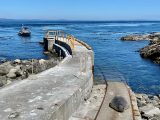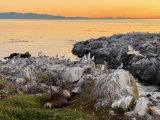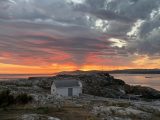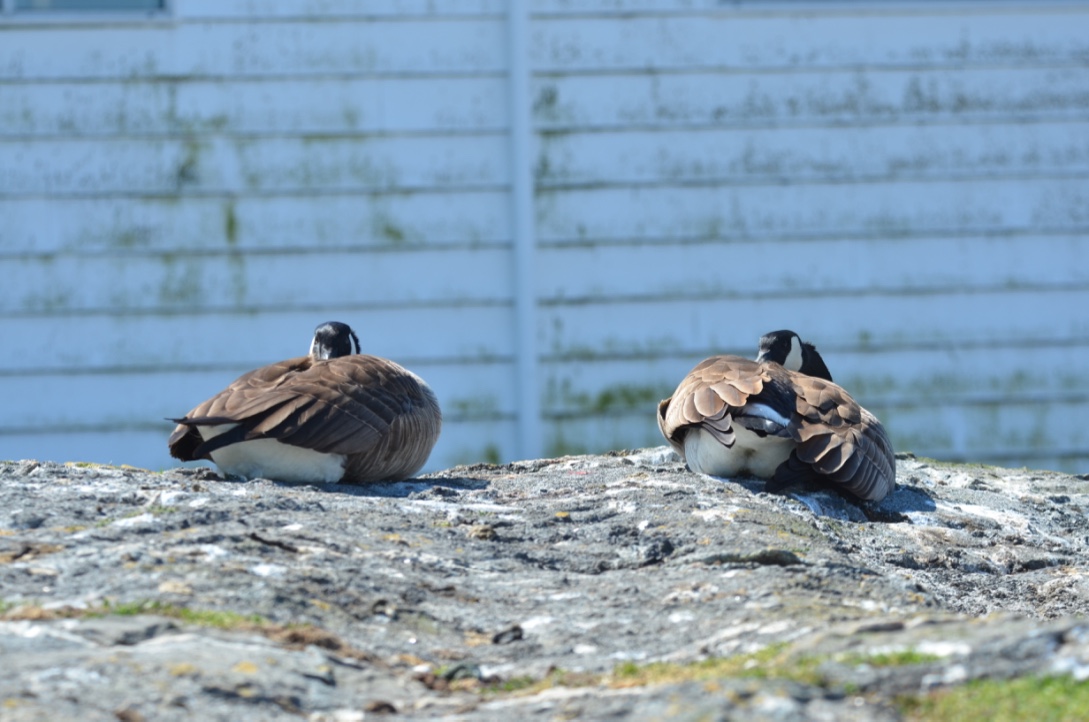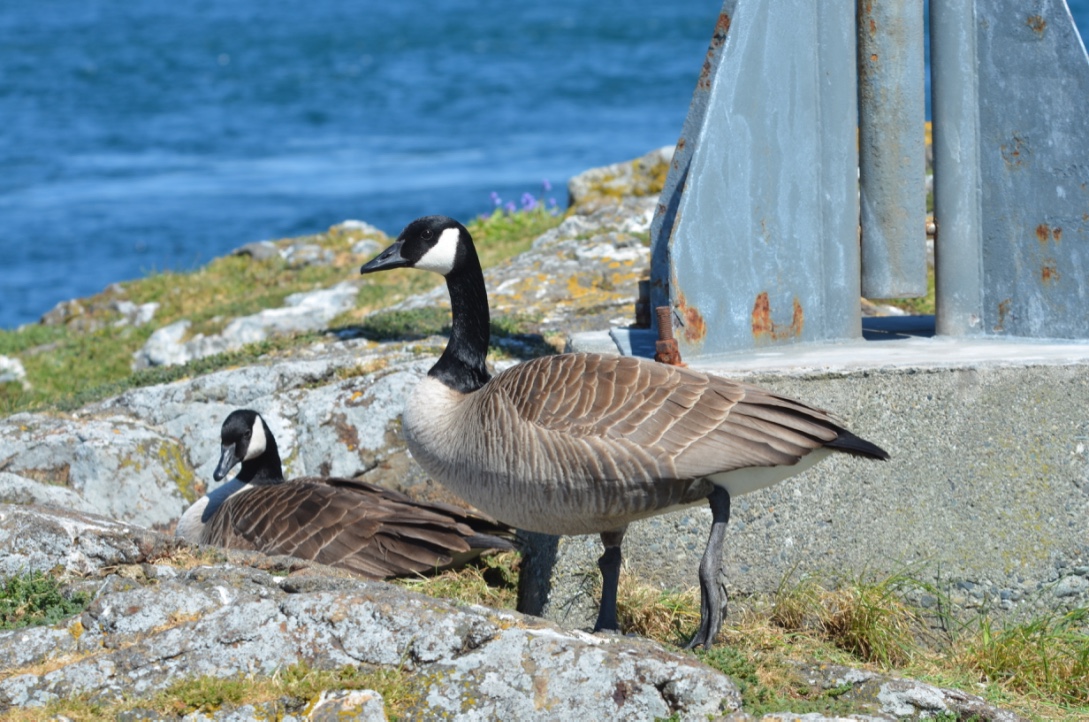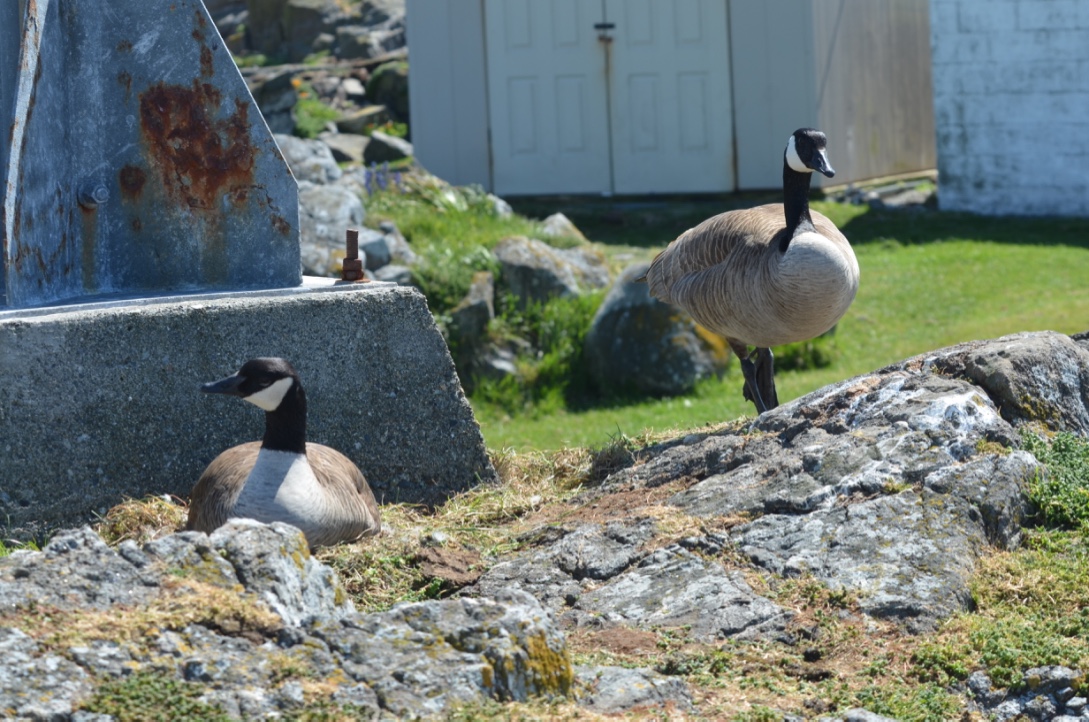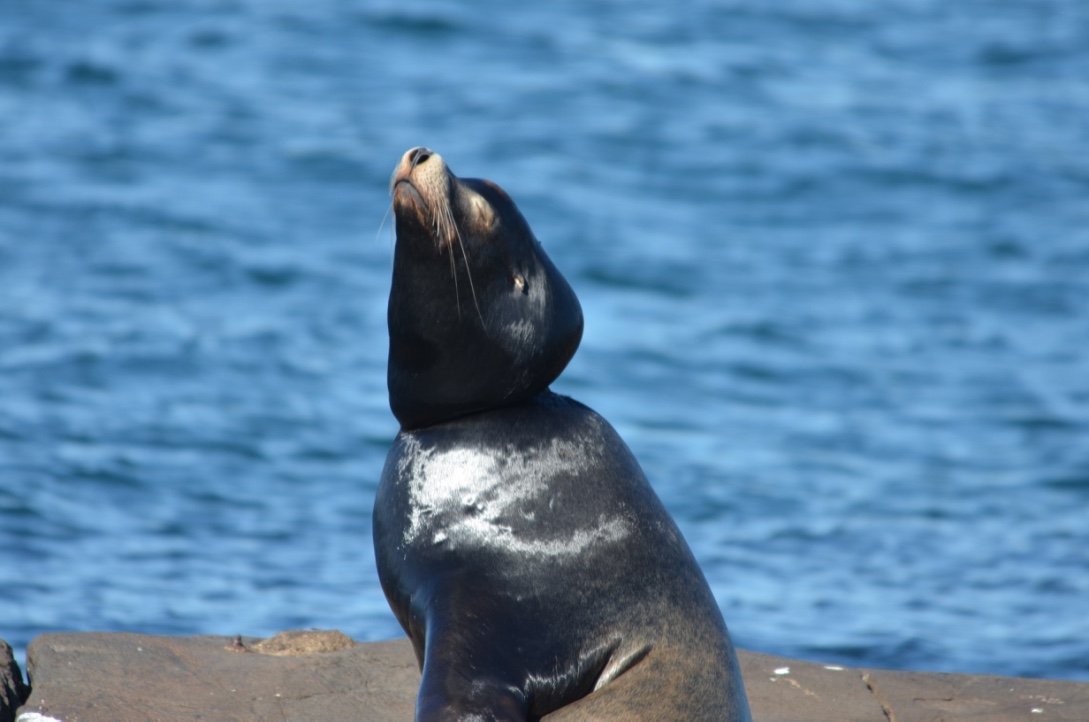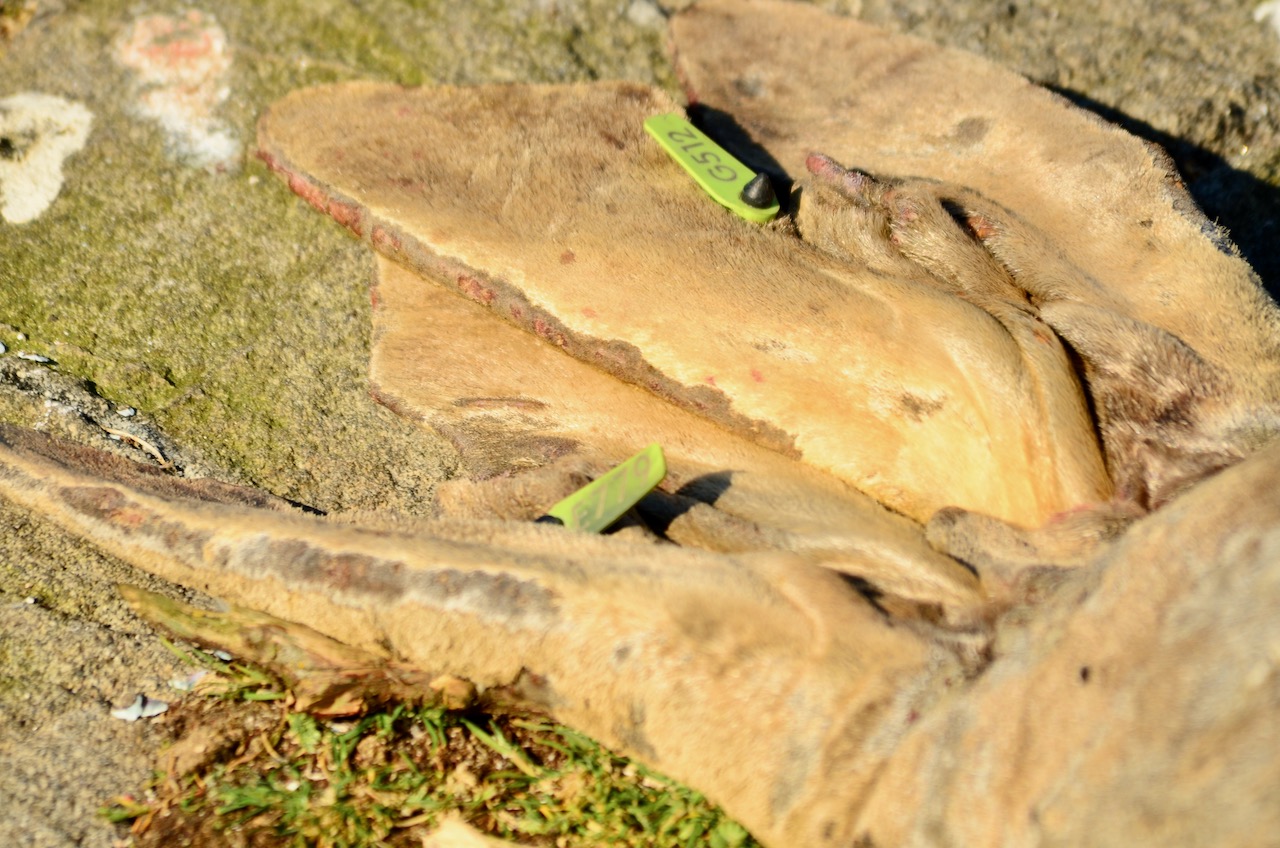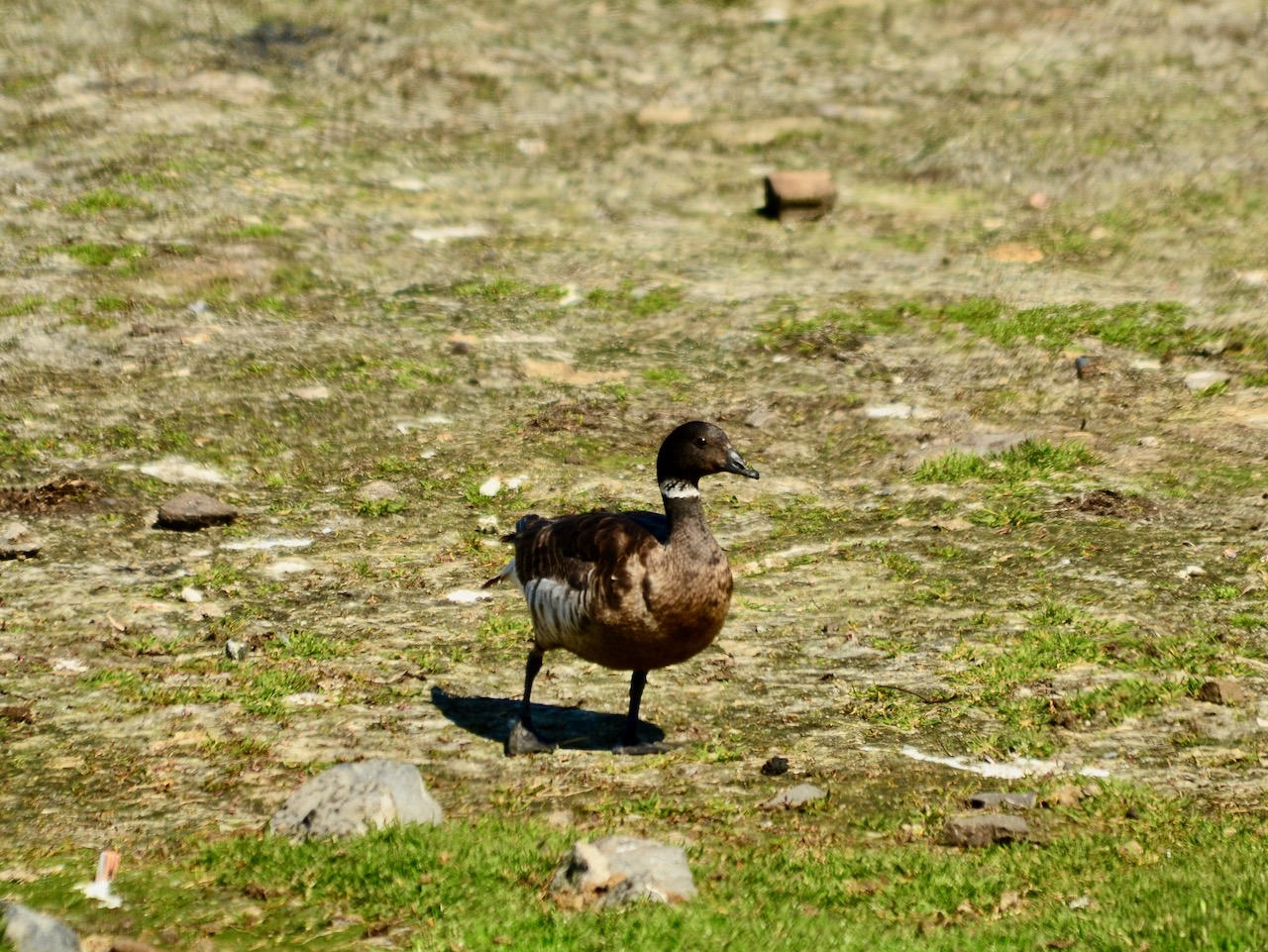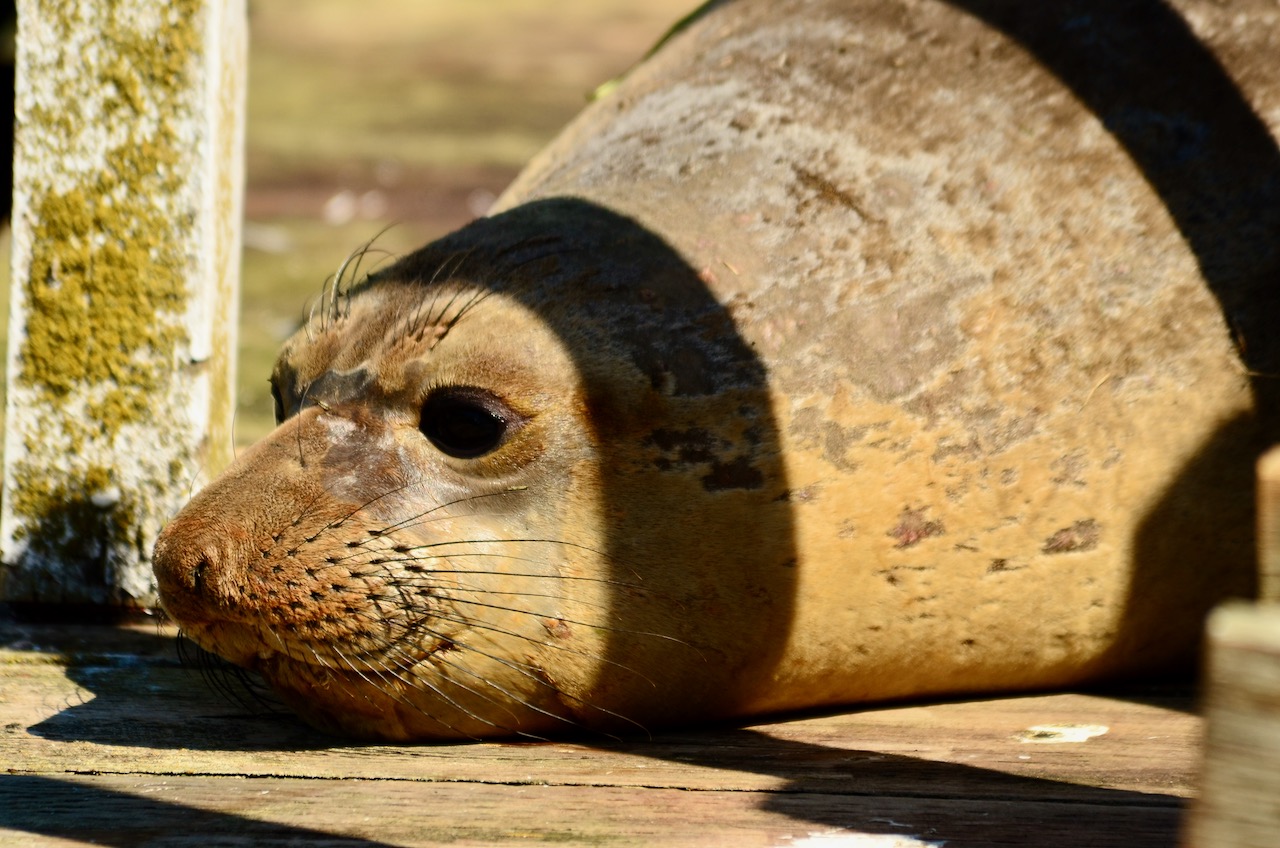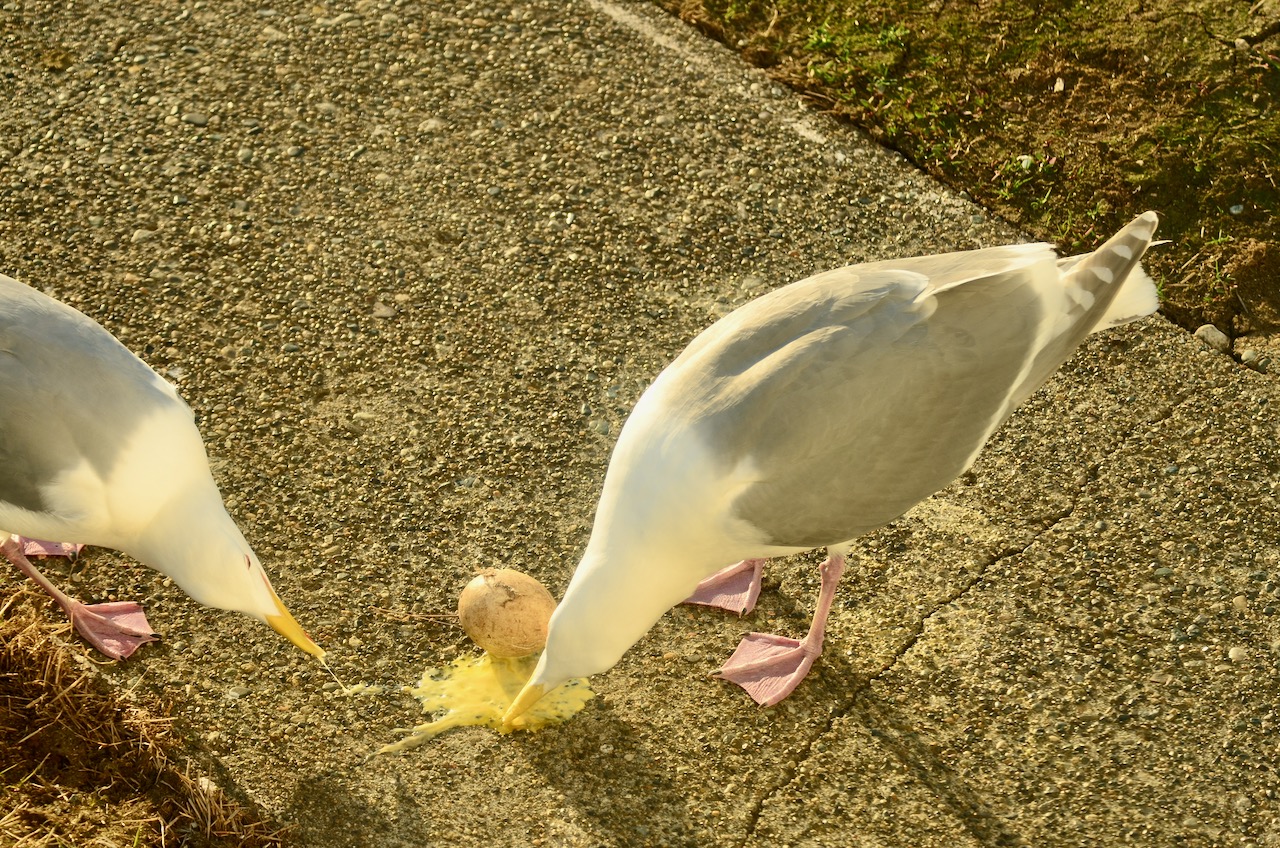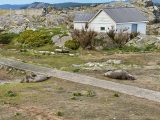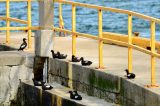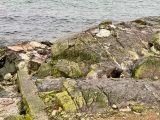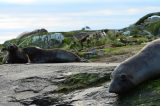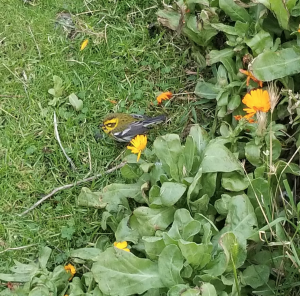Wind: from NE in morning, SE in afternoon, W in evening – between 2 to16 knots
Sea State: calm in morning and rippled in afternoon
Visibility: 15 NM
Sky: clear
Temperature: 16-25 °C
Atmospheric CO2: 412.54 ppm (recorded by NOAA at Mauna Loa Observatory, Hawaii)
While I have only provided the conditions for today, I did step onto the Rock just after noon yesterday. It’s great to be back, having spent the whole winter and the first few weeks of spring here. I will be here for the next two and a half weeks, 100 days shorter than my last stint.
I feel very fortunate to be a part of the amazing team of Pearson students, alumni, staff, volunteers, donors and researchers who keep this Ecological Reserve going.
I spent yesterday afternoon and evening reacquainting myself with this wonderful place, practicing how to avoid disturbing the young gulls, who blend in well with the rocks as they like to hide beside the paths and in plants.
This weekend, there have been a lot of boats (pleasure craft and eco tour boats) taking advantage of the nice weather. The only visitor to the island, other than me, was Greg, who drove me out here from Pearson and brought back Mara and Kai.
In the previous log post, on August 13, a branded sea lion with an attached flasher (fishing lure) was mentioned. The steller sea lion is branded O-19. Bryan Wright, the Marine Mammal Biometrician/Project Leader at the Oregon Department of Fish and Wildlife, gave us an update on the history of the stellar sea lion:
He was captured and branded by us (ODFW, along with WDFW) at Bonneville Dam on the Columbia River on February 2, 2012. We don’t know his exact age but he was probably 5-7 years old at the time of capture, making him 12-15 now. He then wasn’t seen again until July 21, 2016, at Tatoosh Island off the tip of the Olympic Peninsula in Washington. He was then next seen back at Bonneville Dam from August-November, 2019.
Bryan also passed along an interesting article that was just published called “California Sea Lion (Zalophus Californianus) Monitoring In The Lower Columbia River, 1997–2018” (Brown et al 2020). Click here to read the abstract of the article.
See below from photos from the past two days.
- The obligatory shot of the approach to Race Rocks. I always get excited to see this incredible island.
- Waving goodbye to the Ecoguardians taking a break as I also wave hello to a familiar face. The elephant seal tagged V173 is a one and half year old female, who was born in Point Reyes, California. She first visited Race Rocks in December 2019. She came back in the spring to moult and has visited several times throughout the summer.
- V173
- The sea lion population is steadily increasing with various groups hauled out on the rocks around the Ecological Reserve. Here, california and steller sea lions are hauled out on south seal rocks.
- An orange sky over the Olympic Peninsula, with a napping california sea lion in the foreground.
- The clean solar panels after I scrubbed all 43 panels to rid them of a days worth of bird poop. It’s one of the less glamorous ecoguadian tasks. There was enough solar power today to top up the battery bank, which means the gas generator did not have to be run.
- Ruddy turnstone
- Two young gulls with a bit of fluff still on them and stubby tail feathers.
- A young gull taking shelter in a patch of calendula.
- Can you spot the sea otter in the kelp? It’s lounging just below the centre of the photo.
- A zoomed in view of the sea otter. It blends in well with the kelp, which also helps anchor it in the current.
- An adult gull with a beak full of grass.
- 14 sea lions (3 steller and 11 california) take a rest on the jetty. The large steller seen last week with the shark bite, is visible near the middle of the cuddle puddle.
- Tonight’s epic sunset as seen at 20:35


